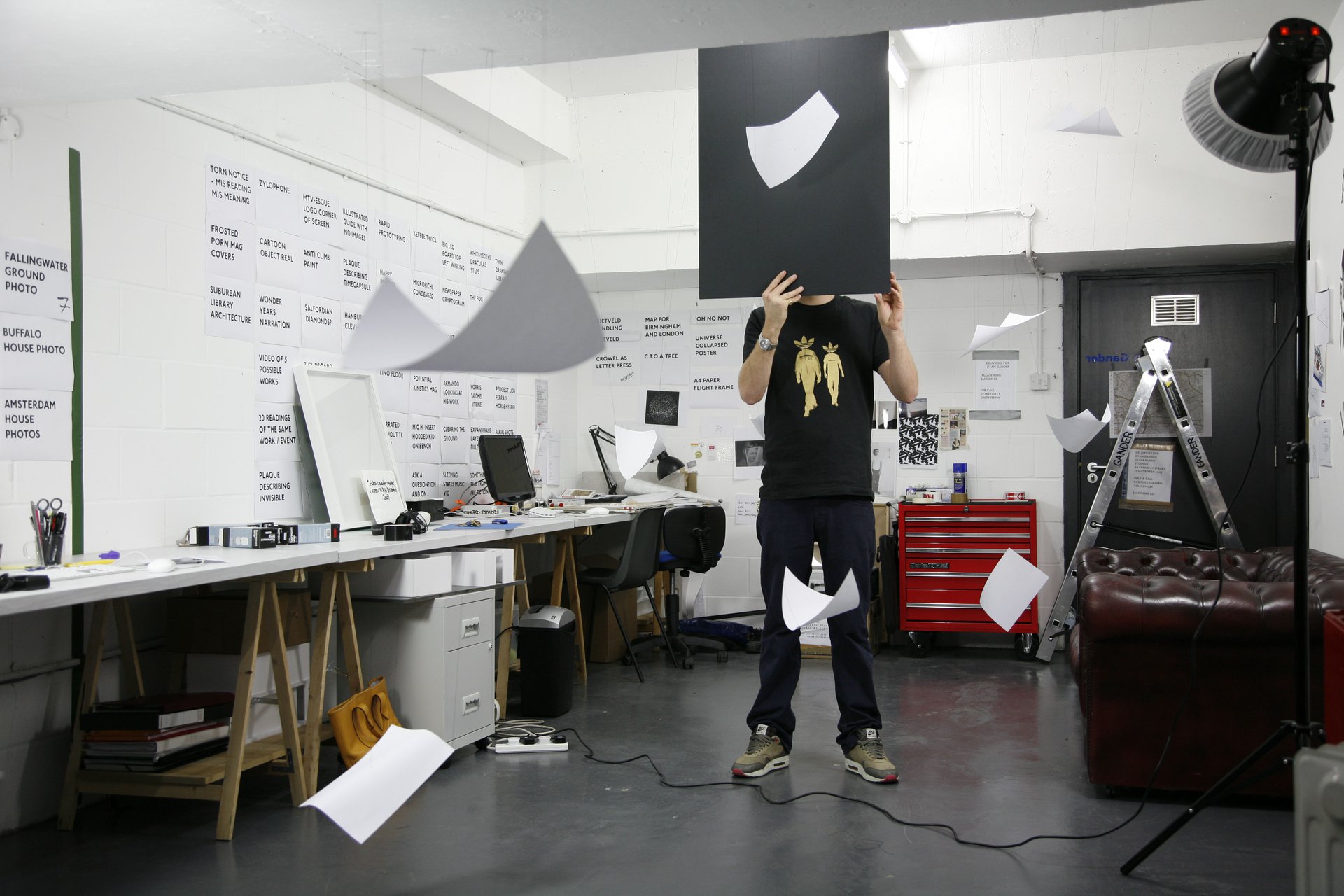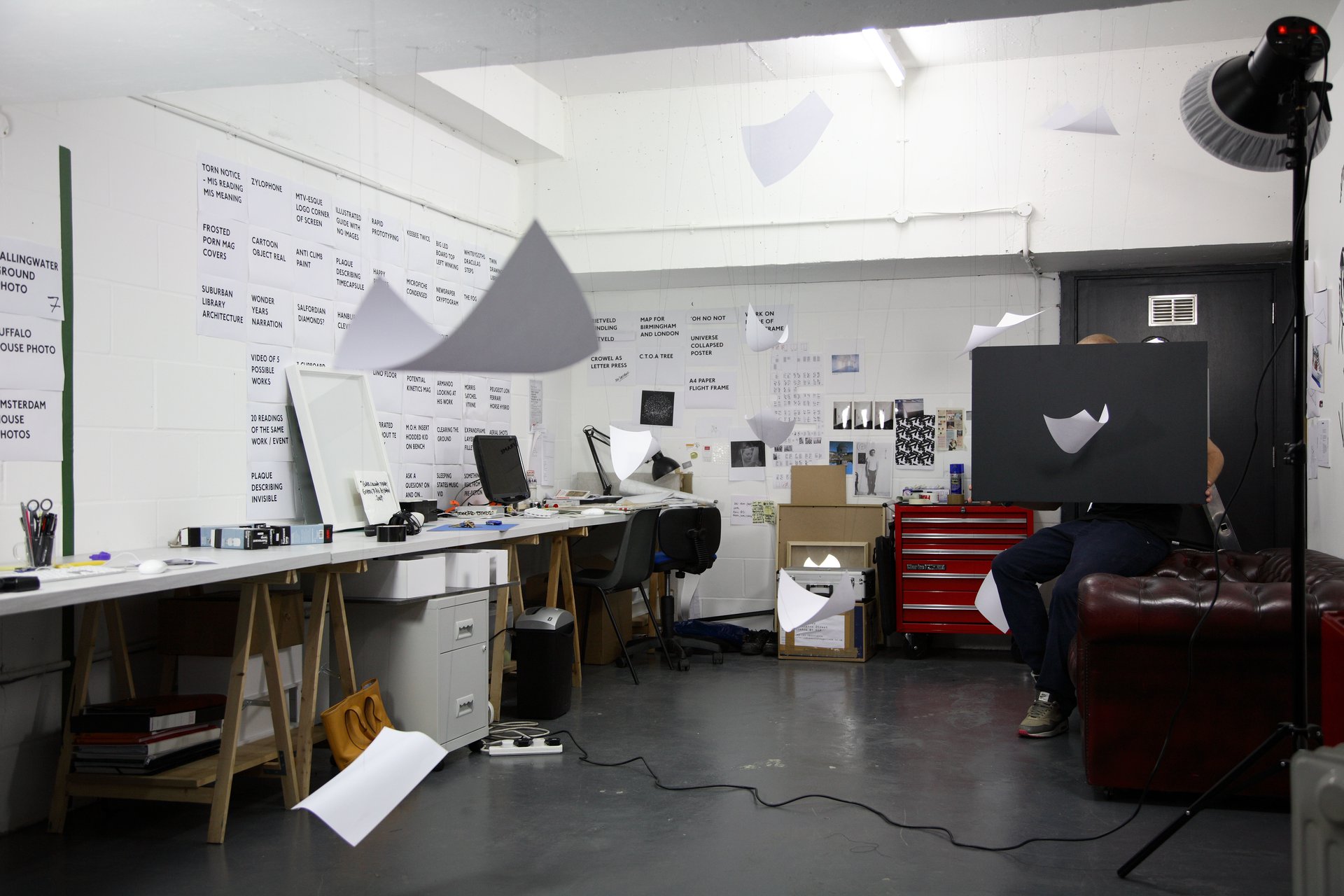Ryan Gander: Something Vague
August 29 – November 2, 2008
With the exhibition Something Vague by Ryan Gander (*1976), the Bonner Kunstverein is introducing representative of the young British art scene. His work, which is characterized by a multitude of formal means and media, features a conceptual approach and a visual simplicity. In the exhibition rooms of the Bonner Kunstverein, the artist will present his first institutional solo show in Germany, which shall offer the audience an in-depth insight into his current work and demonstrate his themes and artistic approach. The exhibition has been realised in cooperation with the Kunsthalle St.Gallen and significantly expanded for Bonn. After the Bonner Kunstverein presented John Baldessari and a number of very young artists following up a conceptual approach in the group show Neue Konzepte, the solo show Something Vague by Ryan Gander is once more a contemporary artist committed to the tradition of Conceptual Art. Ryan Gander's oeuvre mainly centres on the deconstruction and disclosures of narrative strategies. Besides video installations, sculptures and photographs, his artistic practical experience also includes talks, which are similar to performances or artist books that are published as scripts for TV series. Despite this heterogeneity, Gander's artistic works focus on the question about the role of the form. It is in fact finally always the form that, as a final appearance of the contents, represents the basis of the producer and the recipients' cognitive, creative and sensory processes. While art viewers usually face specifically designed objects and try to make sense of them, Ryan Ganderchallenges them to put the elements of the piece together into a coherent whole before attempting the actual interpretation. Making it up as he went along (Alchemy Box 7), 2008, for example, forces the viewer to first visualise the object’s materialisation. Gander shows an inventory of the pedestal’s invisible interior. These imaginary objects define the work, which itself demands to be seen in context. The object’s creation and its reception are at last united by its viewing audience. A common thread throughout the objects is the theme of the invisible, which can only take shape in the viewer’s imagination. The white sheets of paper waiting to be filled and marked by the artist in whatever form is a recurrent motif. Felix provides a stage - (Eleven sketches for 'A sheet of paper on which I was about to draw, as it slipped from my table and fell to the floor), 2008 shows photographs from the artist’s studio. The blank pages fill the room as prospective locations for future artworks. This piece puts the focus on the space where art is created, and the breezy studio with its fluttering pages emphasises the lightness and fleeting nature of artistic concepts. The staged empty spaces are also incorporated into a floor piece made up of laser-etched crystal balls: A sheet of paper on which I was about to draw, slipped from the table and fell to the floor, 2008. In She walked ahead, leading him through a blizzard of characters, 2008, the viewer faces a room filled with absence. The title marks a freshly plastered wall behind which a text is hidden. Gander bought it from a ghostwriter who had originally written it for Mexican artist Mario Garcia Torres without ever being compensated for his work. The narrative itself refers to the name Alan Smithee, which was used as an alias between 1968 and 1999 by big-name directors seeking to hide their identity. It is therefore a deeply intertwined story about invisible authors and placeholders. The text is mounted, only to be completely and permanently obscured behind the fresh plaster of an exhibit wall. Not only does it inspire the viewer’s curiosity, a prerequisite with today’s art viewers, but it also addresses the topic of an institution’s history by adding a fresh layer (Here the German original uses a play on words: Ge-Schichte (Geschichte=history) at the same time, Ge-Schichte can be interpreted as several applied layers=Schichten).

Studio Gander. Courtesy the artist and Bonner Kunstverein.

Studio Gander. Courtesy the artist and Bonner Kunstverein.